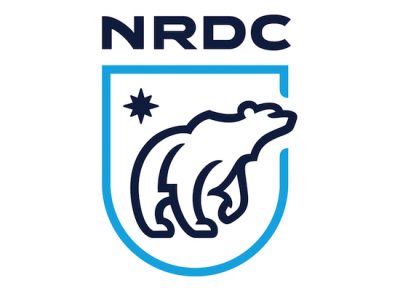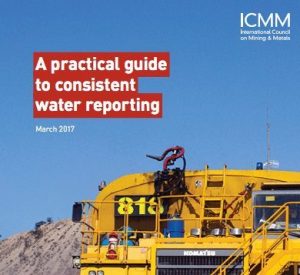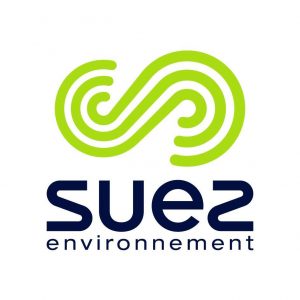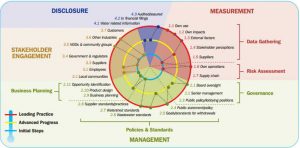Primary Functions
- Understand where water shortages are most likely to occur as predicted by a Tetra Tech analysis.
- Learn how more than 1,100 counties will face higher risks of water shortages by mid-century as the result of global warming.
Detailed Description
Climate change will have a significant impact on the sustainability of water supplies in the coming decades. A new analysis, performed by consulting firm Tetra Tech for the Natural Resources Defense Council (NRDC), examined the effects of global warming on water supply and demand in the contiguous United States. The study found that more than 1,100 counties— one-third of all counties in the lower 48—will face higher risks of water shortages by mid-century as the result of global warming. More than 400 of these counties will face extremely high risks of water shortages.
The analysis by Tetra Tech—a highly-respected consulting firm used by the federal government, electric utility and other industries, finds that some states have an extreme or high risk to water sustainability, or are likely to see limitations on water availability as demand exceeds supply by 2050. These areas include parts of Arizona, Arkansas, California, Colorado, Florida, Idaho, Kansas, Mississippi, Montana, Nebraska, Nevada, New Mexico, Oklahoma, and Texas. In particular, in the Great Plains and Southwest United States, water sustainability is at extreme risk.
The report concludes that climate change will greatly increase the risk that water supplies will not be able to keep pace with withdrawals in many areas of the United States. This conclusion has significant implications for future water management and climate change adaptation planning efforts. The pressure on public officials and water users, such as farmers, to manage demand and supply will be greatest in the areas facing these higher risks.





